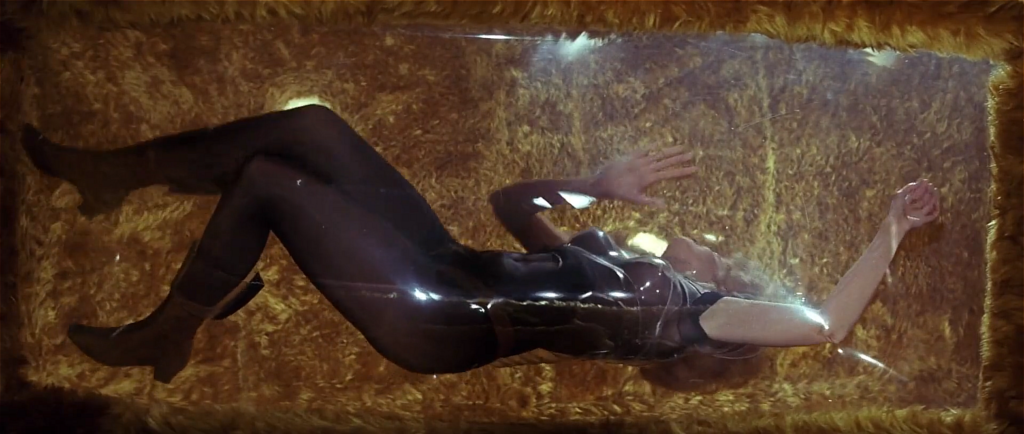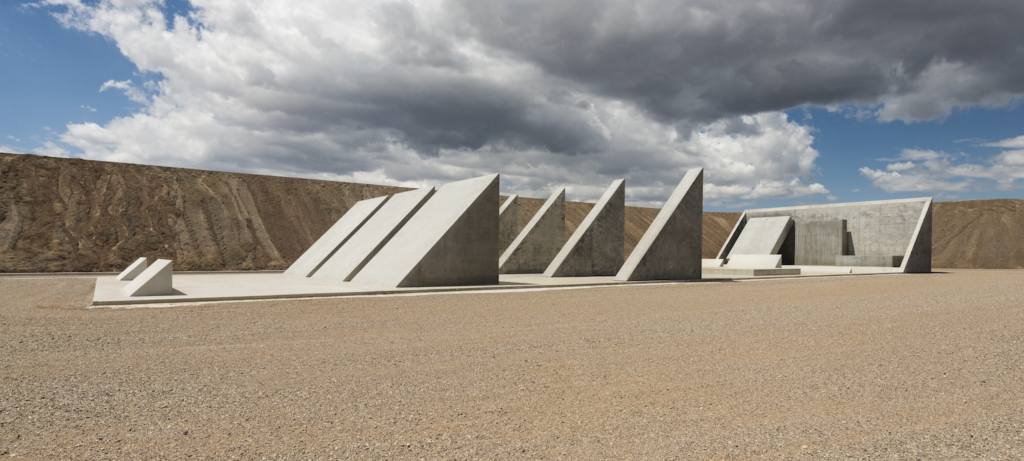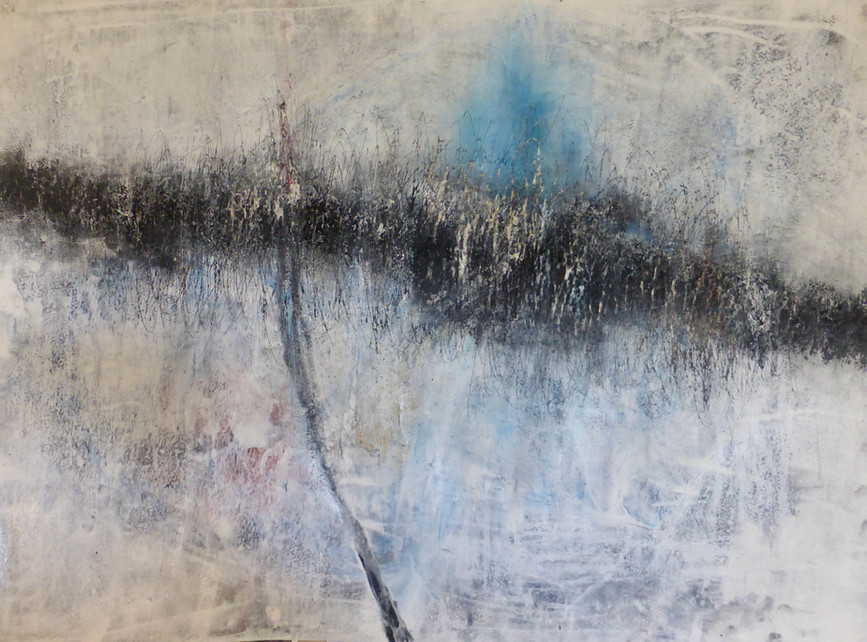Updated 31 Aug 2024
It’s an almost mundane trope now that DALL-E will obviate the need for visual artists and illustrators.
The most relevant counter to this is to look back at the advent of photography and its positive affect on artists, acting as a force compelling countless new approaches to visual expression. The effortless realism of photography changed the game–even if it was, at the beginning, crude realism. Artists came up with responses such as “vision”-base styles (Impressionism, Pointillism), psychologically-influenced styles (Symbolism, Expressionism, Fauvism), and then progressively further away from realism throughout the 1900s. Realistic and photorealistic works were still being created (Chuck Close’s work, certain periods of Gerhard Richter), but realism was now a choice. Influenced by the level playing field that photography provided, most anyone could afford their own portrait.
Driven by or co-incident with photography, “manual” visual artists also moved to more pedestrian subjects. Subjects such as boxing matches, picnics, and street scenes were added to the more rarified choices of portraits of the wealthy, scenes from mythology or religion, and the royal exploits such as hunting and whatnot. There were similar influences of subject matter prior to photography, but making realism almost effortless accelerated the direction of creativity in these areas. Rather than destroying the visual arts, photography prompted a Cambrian explosion of creativity.
Continue reading


